My Account Details

Language for Thinking
Grades: 1 - 3
Language for Thinking builds on the concepts, vocabulary, and statement patters introduced in Language for Learning, but focuses on the reasoning and critical-thinking skills. Sequence activities, vocabulary development, extensive practice, retelling exercises, and inference activities set the stage for reading comprehension and the grammatical analysis of written language.




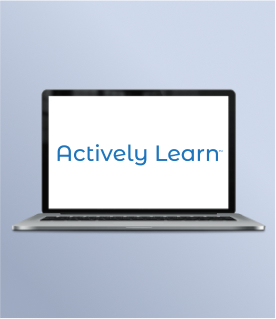






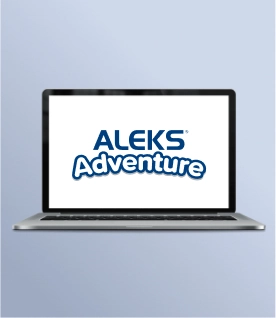
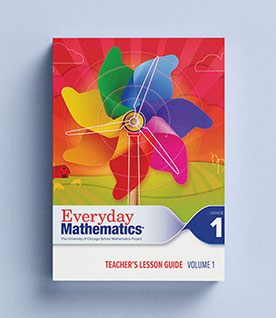

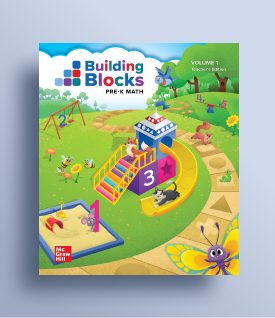

















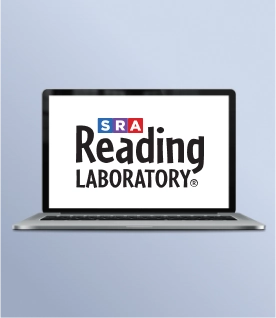













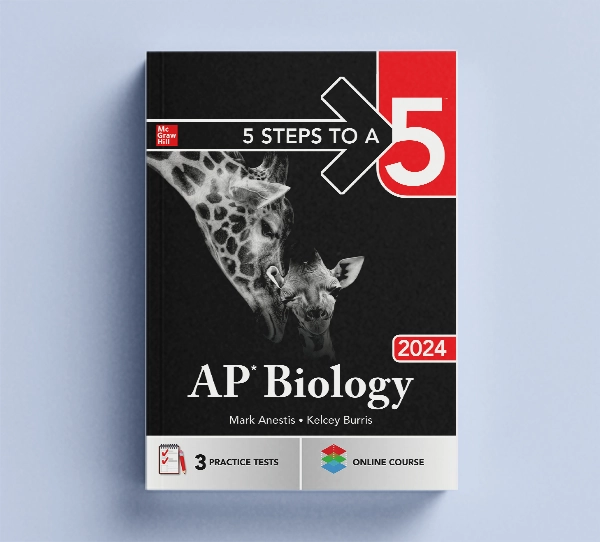



Social Studies
View all Social Studies Programs
IMPACT (K–5)
Actively Learn (3–12)
New Social Studies (6–12)
Networks (6–12)